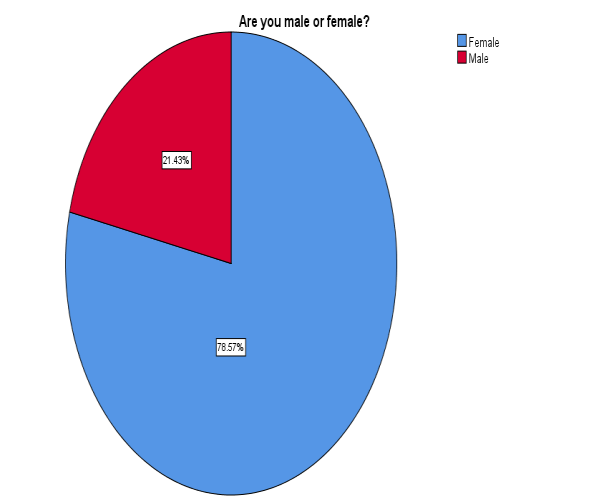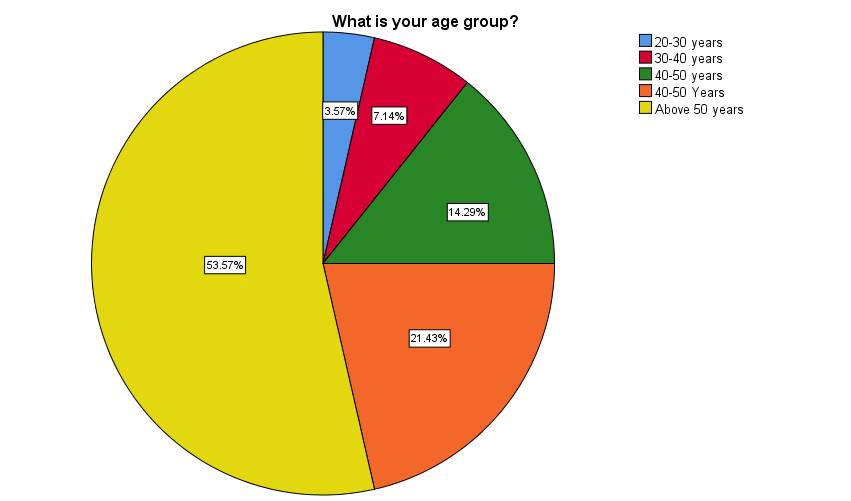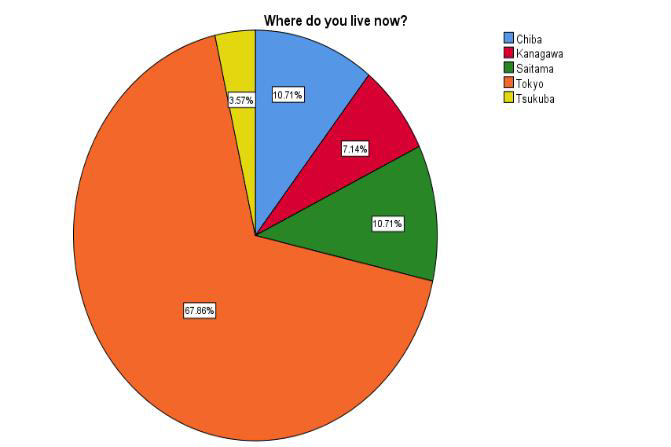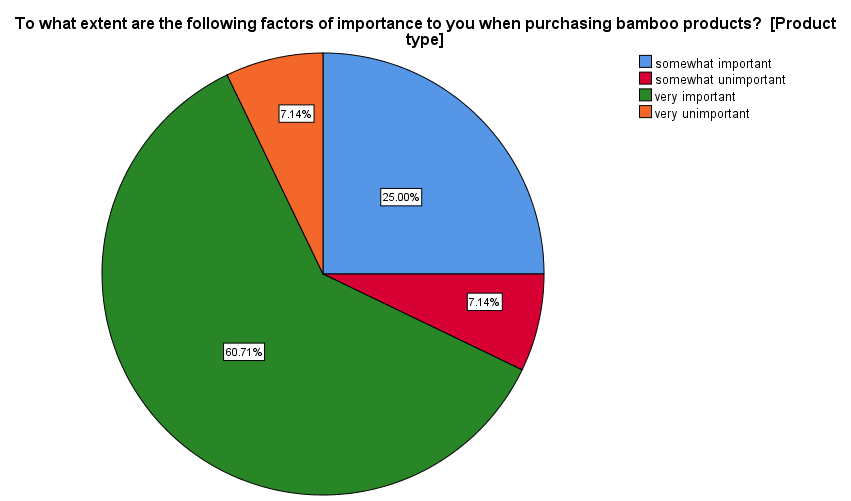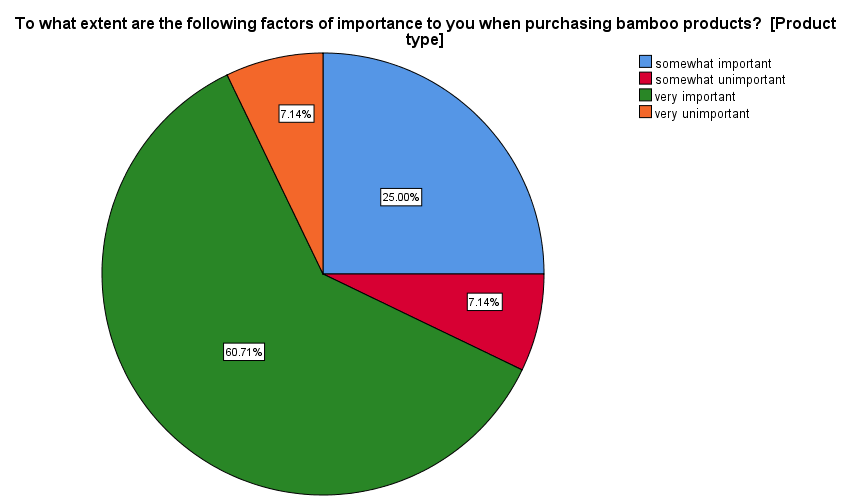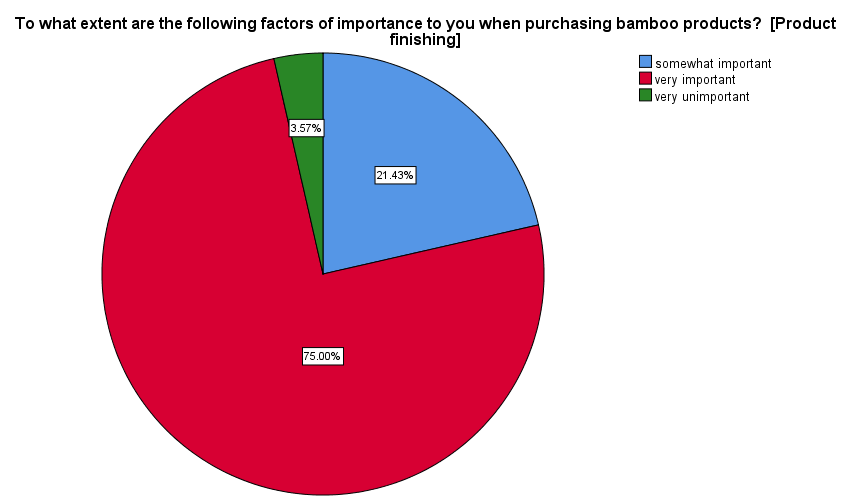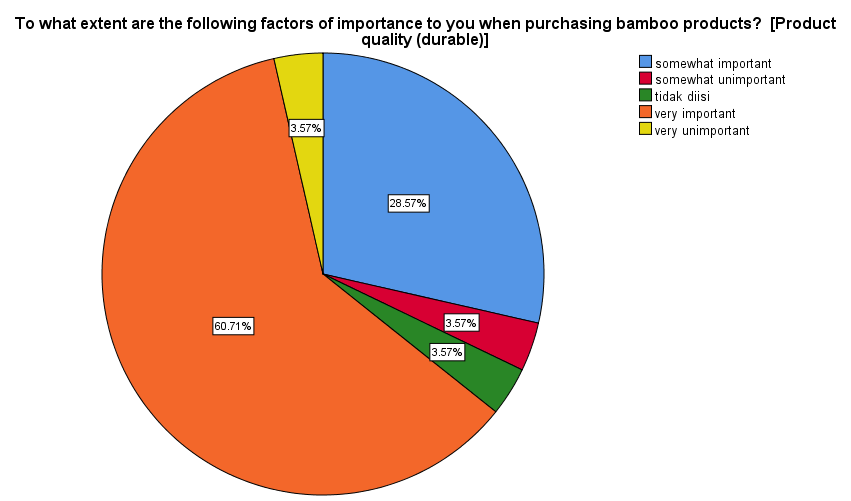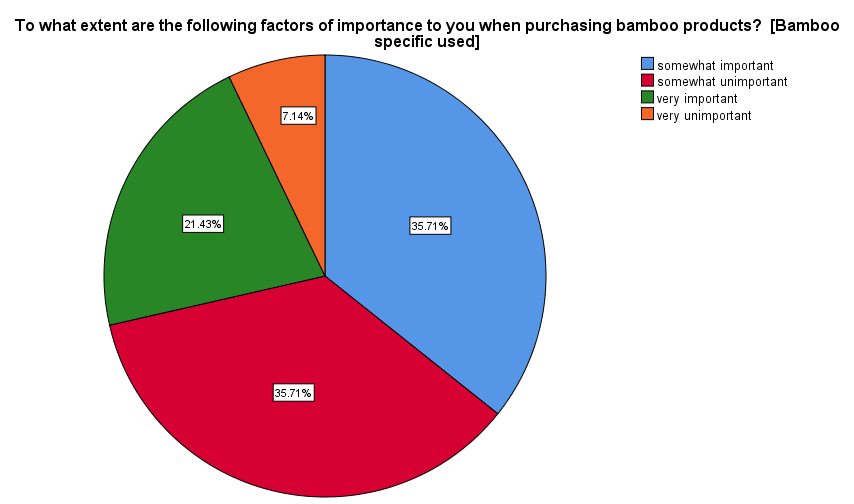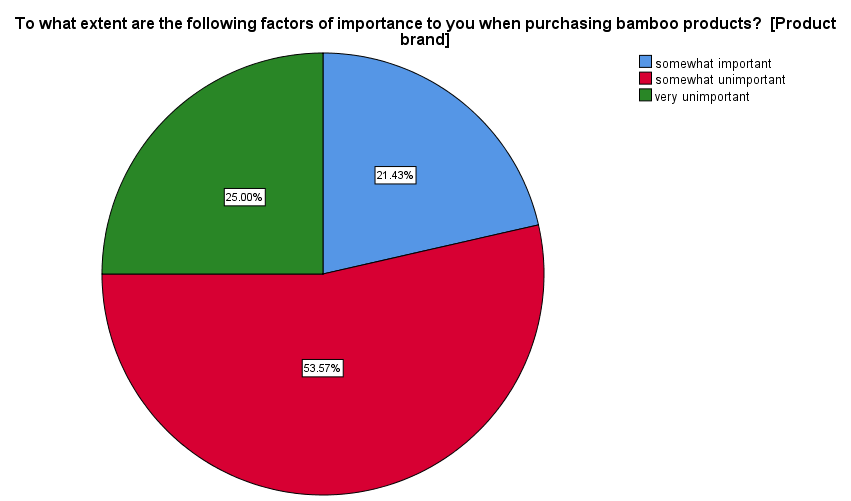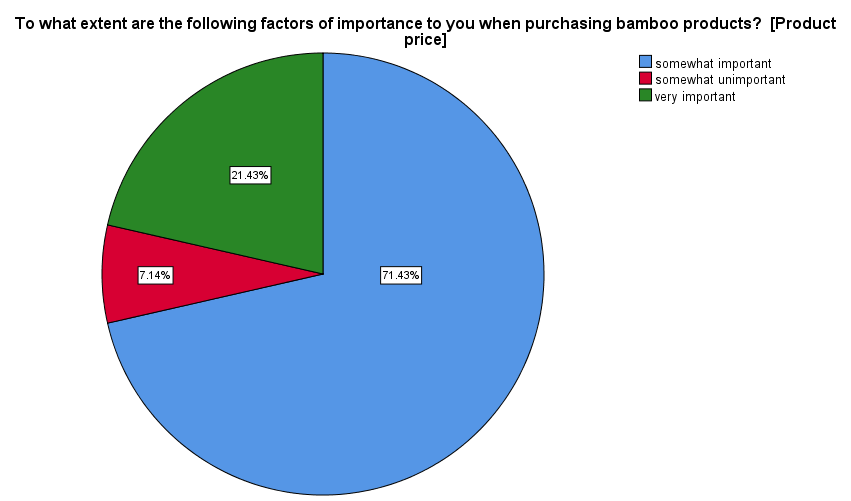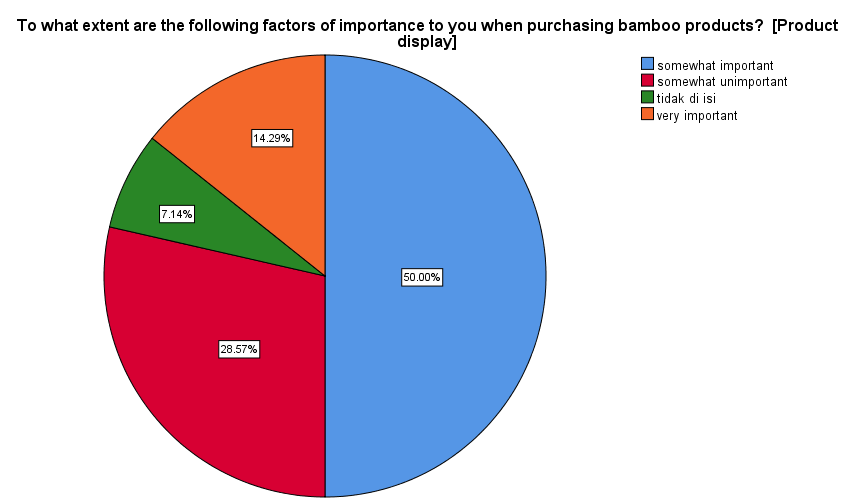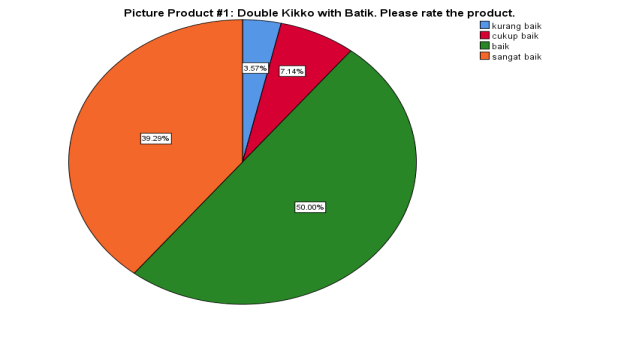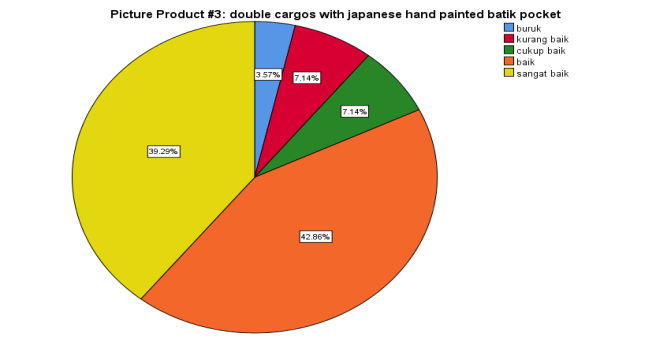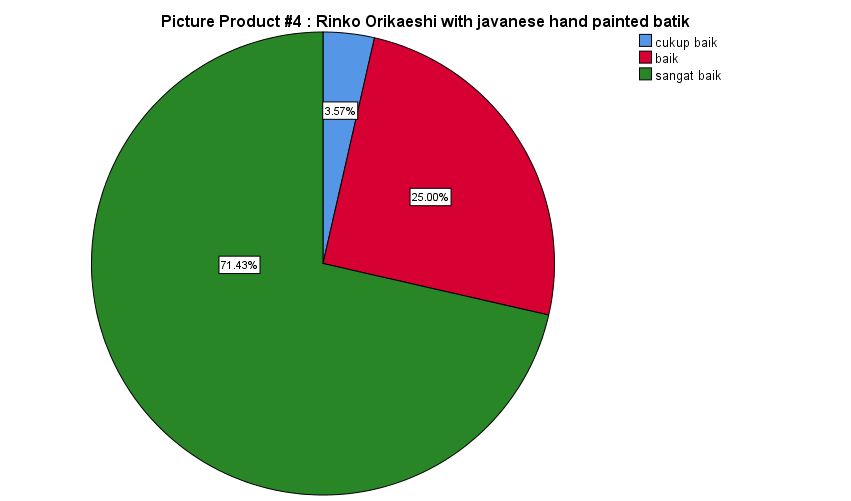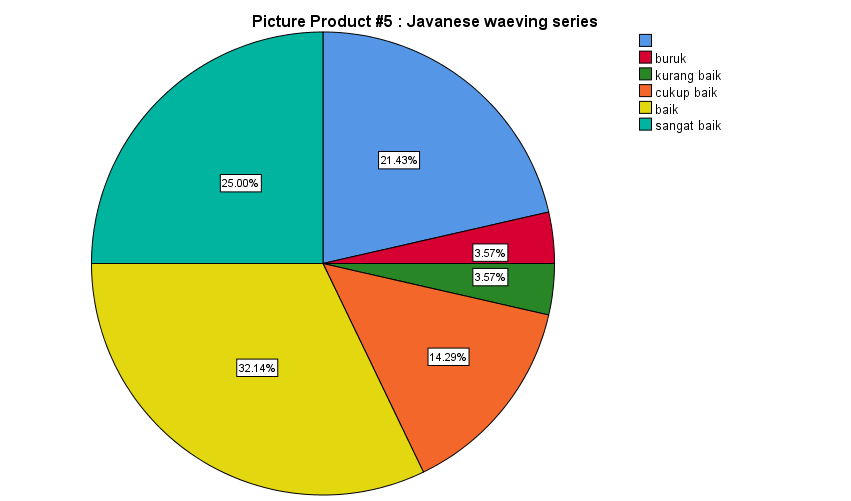Research Article: 2021 Vol: 20 Issue: 2S
Opportunities for the Development and Promotion of Traditional Bamboo Craft as Tourism Products
Rudy Pramono, PelitaHarapan University
July Hidayat, PelitaHarapan University
Cherry Dharmawan, Indonesia Computer University
Juliana, PelitaHarapan University
Sandra Maleachi, PelitaHarapan University
Keywords
Marketing Strategies, Qualitative and Quantitative, Traditional Crafts
Abstract
Arts and crafts are forms of human creativity. Art is an expression of feelings and emotions and crafts are a form of work using available materials. Traditional crafts practiced by local communities contribute significantly to the legacy of intangibles. This study places traditional crafts in Yogyakarta, establishes their relevance and considerations regarding the factors that influence them. The research objective is to identify the number of consumers interested in handicraft products from bamboo distributed publicly as tourism products and assess the entrepreneurial landscape. The sampling technique uses the quota sampling technique. Research method used qualitative and quantitative descriptive methods, including observation and semi-structured interviews. The primary respondents of Shabbat Bamboo from the data analysis method using SPSS analysis produce descriptive data describing the respondent' condition to understand the study results. The research results on bamboo batik craft products have potential and are in demand by the market; most of the respondents like bamboo batik craft products. From the market research analysis, Odd groupings show that women prefer this bamboo batik craft product, there are still some product deficiencies, and the price offered in the market. Increasing product competitiveness requires developing both labor skills, products, and marketing strategies that create customer value.
Introduction
The traditional handicraft industry has contributed to society, economic development, and local communities' Culture (Cuaton, 2019; Yang et al., 2018)Handicrafts are an expression of the unique Culture, traditions and heritage of a country. Traditional crafts arise from the inheritance of intangible objects that are part of the Culture and the creative use of people's knowledge that contributes to socio-cultural and economic empowerment. Bamboo is a multi-use plant that is widely grown in Indonesia. Bamboo is often produced to be a product that helps humans in their daily lives. Bamboo is an important component of the yard, which provides villagers with various types of goods and services. Bamboo is one of the preferred composite fiber sources because of its high strength and specific properties, low density, recyclable, and natural material.Combining two materials with natural fiber results in a stronger, more corrosive-resistant material and increases strength, stiffness, and moisture(Platt, 2014; Pueh et al., 2016). Bamboo has socio-economic and ecological values; the nature of its management can provide benefits at local, national, global levels through livelihoods, economic security and the environment for millions of rural communities (Nath & Das, 2009) Most tourists buy souvenirs which are an important component of the tourist experience and are considered to give a real memory of a vacation (Paraskevaidis&Andriotis, 2015; Wilkins, 2011). Handicraft is a type of souvenir that can be used as a keepsake piece that connects a person with an experience. The acquisition is described as a cultural exchange, reflecting historical as well as heritage value, as it embraces an important tool for learning (Ibadat, 2016; Smith, 2017). Which notes that the handicraft sale document is one of the few sources of community income with an economic exchange that makes investment decisions possible. According to Friel&Santagata (2008)traditional artefacts are an important part of community culture; both physical form and functional properties are the results of many factors such as local raw materials, traditional knowledge and practices, specific behaviour and cultural beliefs. The world of creative industries has begun to realize the importance of developing a creative economy and maintaining cultural identity. Another perspective emphasizes the importance of creativity from an economic perspective. In developing countries, economic growth depends on successfully addressing country-specific challenges. Challenges for policymakers include harmonizing economic development, enabling personal development of individual income and increasing outcomes for groups vulnerable to social exclusion. Several developing countries recognize the potential of creative industries for economic development and build economic strategies around them; for example, Indonesia recognizes the creative industry as the main source of new entrepreneurship and income for the younger generation (Santi et al., 2012)for innovation in this sector. The creative industry can transform people and countries' cultural identity and foster cultural diversity by promoting competitiveness, creativity, design, and innovation. Handicraft products have an important role in the creative culture industry (Jakob, 2012; Jakoband Thomas, 2017) Craft is applying traditional skills and knowledge developing over time into a relatively small scale of production. Crafts are closely related to cultural values, traditions, history, religion, and community identity, including those vulnerable to social exclusion (Wood, 2011). The growth of trade has increased interest in handicraft products encouraging greater awareness of the nature of production towards social and environmental responsibility and its contribution to developing creative economy, sustainable products and society (Ferraro et al., 2011; Wood, 2011). Yogyakarta is one of the five largest bamboo handicraft centres in Indonesia besides West Java, Central Java, East Java and Bali. One of the small businessmen of Sahabat bamboo is engaged in the bamboo industry from upstream to downstream, starting from nurseries, preservation, architecture, construction, furniture, and bamboo handicrafts. Founded in 2013 from various bamboo business divisions owned by bamboo friends, the bamboo handicraft market reaches 5% of total product sales, so there is a need to develop the handicraft division so that orders are equivalent bamboo preservation and building for the productivity of the bamboo craftsmen themselves. Craft and fashion have walked together for thousands of years because textiles and clothing were manually produced with traditional weaving or knitting skills by embroidering, making batik add value to the final product. According to Hurand Beverley (2013)utilizing products made through traditional handicraft practices can significantly increase the sustainability of the fashion industry's production and consumption practices. According to Cox &Bebbington (2015)craft and social sustainability have the same goal and suggest fostering a synergy between crafts and contemporary fashion to enhance the fashion industry's sustainable development. According to Fletcher, et al.,(2016)genuine tourism products and attractions and activities can offer a point of difference to a tourism destination, which is the community's role and opportunity in creating an experience. According to ChutiaandSarma (2016)when there are commercialization and subsequent modification of traditional handicrafts taking place either through tourism or expansion of export markets, there is a need to understand the needs between producers and consumers who act as catalyst modifying the handicrafts. Statement Hill (2011)indicates the need to balance the preservation of cultural integrity with the sale of marketable goods and suggests a community-based approach to strike a balance between economic rewards and cultural preservation. Found Culture and sustainability factors of tourism business success compared to other identified criteria (Whitford, 2010)Studies George (2010)in advancing possible disparities in distribution to communities with little perceived benefit by local cultural creators and owners suggested developing an approach that ensures sustainable benefits for all stakeholders. This study places traditional crafts in Yogyakarta, establishes their relevance and considerations regarding the factors that influence them. Formulation of the problem in this research is How to increase development opportunities and promote traditional bamboo craft as a tourism product? The research objective is to identify the number of consumers who are interested in handicraft products from bamboo that can be shared publicly as tourism products and assess the landscape of an entrepreneurial spirit that can form.
Methods
The study utilized a qualitative and quantitative methodology which involved a combination of participant observation and semi-structured interviews. (Creswell, 2013)Conducted observations and interviews in Yogyakarta. The study employed a qualitative and quantitative method in descriptive research design. This study's data came from primary data, namely questionnaires, by distributing questionnaires directly to product sales respondents. The researcher obtained the questionnaire meeting the respondent and giving a questionnaire filled in by respondents who had never bought bamboo products. The purpose of making and distributing this questionnaire is to identify the number of consumers who are interested in handicraft products from bamboo that can be distributed publicly as tourism products and assess the entrepreneurial landscape that can also form. This questionnaire's distribution is also included by showing the output of bamboo products to the availablerespondents. The technique used in sampling is to use the accidentalsample technique. Namely, selection based on a predetermined amount. This sampling is based on the subjects encountered, so that data collection is accessible, and the number of samples is fulfilled, so the number of samples obtained is 78 samples. Thus, Can fulfil the requirements for data processing using the SPSS sample analysis tool.
Presentation of descriptive research data aims to be able to see the profile of the research data. Descriptive data describing the state or condition of the respondent is additional information to understand the research results.
Discussion
Cooperation among the government, PelitaHarapan University, the tiny industry "bamboo friends", and a community of craftsmen who work together with "bamboo friends" select a product to be developed, namely bamboo-batik crafts that already have an IPR registration. The selection of prototypes developed into industrial products is based on the appreciation of potential consumers, gallery owners or craft shops and museum curators for the most suitable products in the international bamboo craft exhibition "Contemporary Bamboo Craft" at the Traditional Bamboo Craft Center in Beppu, Oita, Japan, 5 -8 October 2018 ago (Sihombing, Pramono&Hidayat, 2021). Itturns out that from the product exhibition above, the product that is considered to have the highest economic potential and is the readiest to sell is the bamboo-batik prototype which is currently being proposed for commercialization, mass-produced in the industrialized world.
The following are some of the bamboo-batik craft products:
This product has several advantages, including products made manually without machine tools, using bamboo wulung skin; the process requires high accuracy and concentration, done with woven techniques from Japan, designed in collaboration between woven bamboo and batik.
Demand for bamboo batik craft products is obtained based on the number of consumers' order via websites, social media and the marketplace. Estimates/predictions of the number of consumer demand for this product in 2020 as many as 50 units and 2021 as many as 120 units. The projection of supply in the subsequent several periods or years adjusts to the increase in product demand according to economic growth. Marketing is carried out to introduce or promote bamboo batik craft products with two events, namely: promoting through handicraft exhibitions, either directly or virtually, via social media, websites and marketplaces. Bamboo products that have a potential export market are panels (bamboo mats & screens), bamboo charcoals, woven items (bamboo plaits & woven), carpets& curtains (bamboo mats & screens), baskets. Bamboo (bamboo basketworks) and bamboo shoots. In general, these products' markets can be classified as traditional markets and new or developing markets. The main markets are North America, the European Union, and Japan, in contrast, the important emerging markets are Australia, several Eastern European countries such as Russia and Ukraine, and several Asian countries.Respondents in the study have characteristics.The research characteristics consist of
Based on the processed data in the image above, we can see it about the gender of consumers of SABATIK products taken as respondents. The most sexes were female, 78.57% and male,21.43%. From the information above, it shows that most of the consumers of SABATIK products taken as respondents in this study were women
Data Regarding the respondents' age here are grouped into four categories, namely 20-30 years old, 30-40 years old, 40-50 years old and over 50 years old. The data regarding the age of consumers of SABATIK products taken as respondents are as follows:
Based on the processed data in the image above, we can see it about the age of consumers who have bought bamboo products taken as respondents. Age of respondents who were the samples of this study ranged from 20-30 years, there were 1 respondent or 3.57% of the total sample, those who had 30-40 years of age there were two respondents or 7.14%, who had 40-50 years of age as many as six respondents or 21.43 %, and for those who have over 50 years of age have 15 respondents or 53.57%. The information above shows that most of the consumers who have bought bamboo products are taken as respondents; they are over 50 years of age.
Retrieval of data regarding the address of consumer respondents who have bought bamboo products is divided into several regions in Japan, which are written with the name of the consumer's domicile city. The data regarding the nature of consumer respondents who have bought bamboo products used as the questionnaire research sample are as follows.
Based on the processed data in the image above, we can see it about the consumers' addresses who have bought bamboo products taken as respondents. The lessons of respondents who became the research sample came from various regions. Sabbath consumers came from the Chiba area as many as three respondents or 10.71% of the total sample, from Kanagawa as many as 2 respondents or 7.14% of the total sample, from Saitama as many as three respondents or 10.71% of the total sample, from Tsukuba only one respondent or 3.57% of the total sample, and most Sabbatic consumers came from the Tokyo area with 19 respondents or 67.86% of the total sample.
Based on the processed data in the image above, we can see it how many respondents have bought handicraft products made of bamboo, which are used as research samples. A total of 51 or 67.1 respondents have purchased a sabbatic product, and 25 or 32.9 respondents have never purchased a sabbatic product out of the total number of respondents.
To what Extent are the Following Factors of Importance to you when Purchasing Bamboo Products? [Product Type]
Based on the processed data in the image above, we can see several respondents who were sampled regarding the importance or not the type or types of handicraft products made of bamboo. Of the 28 respondents, 17 respondents answered very important, two respondents answered very insignificant, seven respondents answered slightly important, and two respondents answered somewhat negligible.
To what extent are the Following Factors of Importance to you when Purchasing Bamboo Products? [Product Finishing]
Based on the processed data in the image above, several respondents were sampled regarding the importance of seeing the output or appearance of the finishing results of a handicraft product from bamboo. Of the 28 respondents, 21 respondents answered very important, six respondents answered a little significant, and the remaining one answered a little not important.
To what Extent are the Following Factors of Importance to you when Purchasing Bamboo Products? [Product Quality (durable)].
Based on the processed data in the image above, it can be seen about the responses of several respondents who were sampled regarding the importance or not of the quality of a handicraft product from bamboo. Of the 28 total respondents, 17 answered very important, eight respondents answered slightly important, and the remaining one respondent answered a little insignificant, very insignificant, one respondent did not fill out the questionnaire.
To what Extent are the Following Factors of Importance to you when Purchasing Bamboo Products? [Product size]
Based on the processed data in the image above, it can be seen about the responses of several respondents who were sampled regarding the importance or not the size of a handicraft product from bamboo. Of the 28 total respondents, 11 answered very important, 13 respondents answered slightly important, three answered just unimportant, and the remaining one answered very importantly.
To what Extent are the Following Factors of Importance to you when Purchasing Bamboo Products? [Bamboo Specific used]
Based on the processed data in the image above, it can be seen about the responses of several respondents who were sampled regarding the importance or not the usefulness of a handicraft product from bamboo. Of the 28 respondents, six answered very important, ten answered slightly important, ten answered just unimportant, and the remaining two answered very unimportantly.
To what Extent are the Following Factors of Importance to you when Purchasing Bamboo Products? [Product Brand]
Based on the processed data in the image above, it can be seen about the responses of several respondents who were sampled regarding the importance or not of a brand or brand of a handicraft product from bamboo. Of the 28 respondents, seven answered very important, and six responded slightly important, 15 answered just unimportant.
To what Extent are the Following Factors of Importance to you when Purchasing Bamboo Products? [Product Price]
Based on the processed data in the image above, it can be seen about the responses of several respondents who were sampled regarding the importance or not the price of a handicraft product from bamboo. Of the 28 respondents, six answered very important, 20 respondents answered essential, and the remaining two answered just unimportant.
To what Extent are the Following Factors of Importance to you when Purchasing Bamboo Products? [Product Display]
Based on the processed data in the image above, it can be seen about the responses of several respondents who were sampled regarding the importance or not the appearance of a handicraft product from bamboo. Of the 28 respondents, four answered very important, 14 respondents answered slightly important, and eight responded just unimportant, and the remaining two respondents answered not.
Analysis Product 1 Double Kikko with Batik
Based on the processed data in the image above, we can see the respondent's assessment of the double kikko with batik product image. Of the 28 total respondents, 11 people answered very well, 14 people responded well, two people responded quite well, one person responded poorly.
Analysis Product 2 Single Cargo with Javanese Batik Stripes
Based on the processed data in the image above, we can see the respondent's assessment of the single cargo product image with a Japanese hand-painted batik pocket. Of the 28 total respondents, four people answered very well, 14 people answered well, five people answered quite well, five people responded poorly.
Analysis Product 3 Double cargos with Japanese hand-painted batik pocket
Based on the processed data in the image above, we can see the respondent's assessment of the double cargo product image with Javanese batik stripes. Of the 28 total respondents, 11 people answered very well, 12 people responded well, two people responded quite well, two people responded poorly and the remaining one answered badly.
Analysis Product 4 RinkoOrikaeshi with Javanese hand painted batik.
Based on the data processing results in the image above, it can be seen about the respondent's assessment of the product image of Rinkoorikaeshi with Javanese hand-painted batik. Of the 28 respondents, 20 people answered very well, seven people responded well, one person responded quite well.
Analysis Product 5
Based on the processed data in the image above, we can see the respondent's assessment of the single cargo product image with Javanese batik stripes. Of the 28 total respondents, seven people answered very well, nine people responded well, four people responded reasonably well, one responded poorly, one answered terribly, and the rest was empty (not filled in).
Conclusion
Based on the analysis result, we can conclude that bamboo batik craft products as a tourism product have potential and demand by the market. Most of the respondents/ like traditional bamboo batik craft products. From the market research analysis, Odd groupings show that women prefer conventional bamboo batik crafts. It provides plenty of opportunities to develop and promote traditional bamboo batik crafts and market prices. Product competitiveness requires developing labour skills, products, and marketing strategies to create more customer value. Besides, the conventional economic data underestimates the handicraft industry's ability because of its potential to develop in the surrounding community. The traditional handicraft industry in Yogyakarta is still under-assessed in terms of its potential for contributing to economic, social and cultural development. Therefore it is recommended that a detailed study should be carried out in determining the true potential of the traditional handicraft industry and the need for statistics to support further research and analysis. The Covid-19 outbreak, which is still spreading, severely affects many businesses in a global community, including handicrafts leading to business discontinuity. Further research discusses the problems caused by the Covid-19 pandemic in the neighborhood of handicraft entrepreneurs, which will be valuable for development. Sustainable handicraft community as a tourism product.
Acknowledgment
This manuscript is the result of research funded by the Education Fund Management Institute of the Ministry of Finance of the Republic of Indonesia with the agreement number PRJ-56/LPDP/2019 with LPPM PelitaHarapan University.
References
- Chutia, L.,&Sarma, M. (2016). Commercialization of traditional crafts of South and South East Asia: A conceptual model based on review of literature”.IIM Kozhikode Society & Management Review, 5(2), 107-119.
- Cox, E.,&Bebbington, J. (2015). Craft and sustainable development: An investigation”.
- Creswell, J.W. (2013). Research design: Qualitative, Quantitative, and mixed methods approaches. In Research design Qualitative quantitative and mixed methods approaches.
- Cuaton, G.P. (2019). A post-disaster study of a women-led handicraft industry in rural Philippines”.Journal of Enterprising Communities.People and Places in the Global Economy, 13(4), 489-507.
- Jakob, D. (2012). Crafting your way out of the recession? New craft entrepreneurs and the global economic downturn".Cambridge Journal of Regions, Economy and Society, 6(1), 127-140.
- Ferraro, E., White, R., Cox, E., Bebbington, J.,& Wilson, S. (2011). Craft and sustainable development: Reflections on Scottish craft and pathways to sustainability”.Craft þ Design Enquiry, 3,1-26.
- Friel, M. &Santagata, W. (2008). Making material cultural heritage work: From traditional handicrafts to soft industrial design”, in Anheier, H.,& Raj Isar, Y. (Eds), Thecultures and globalization series. The cultural economy.Sage Publications, 274-284.
- George, E.W. (2010). Intangible cultural heritage, ownership, copyrights, and tourism”.International Journal of Culture, Tourism and Hospitality Research, 4(4), 376-388.
- Hill, L. (2011). Indigenous culture: Both malleable and valuable”.Journal of Cultural Heritage Management and Sustainable Development, 1(2), 122-134.
- Hur, E.S.,& Beverley, K.J. (2013). The role of craft in a co-design system for sustainable fashion’”, Making Futures: The crafts in the context of emerging global sustainability agendas, Plymouth College of Art, Leeds.
- Santi,I.N., Rucita, S., &Hani,C.P.(2012). Women empowerment through creative industry: A case study".Procedia Economics and Finance, 4, 213-222.
- Ibadat, I. (2016). The economics of souvenir sales and their role in tourism: a case study of Bari Imam”. Discussion paper pakistan institute of development economics.
- Jakob, D.,& Thomas, N.J. (2017). Firing up craft capital: The renaissance of craft and craft policy in the United Kingdom”.International Journal of Cultural Policy, 23(4), 495-511.
- Whitford, M.L.R. (2010). Indigenous tourism businesses in Queensland: Criteria for success.CRC for Sustainable Tourism, Gold Coast".
- Fletcher, M., &Pforr, C. (2016). Factors influencing indigenous engagement in tourism development: An international perspective".Journal of Sustainable Tourism, 24(8/9).
- Nath, A.J.,& Das, A.K. (2009).Carbon farming through village bamboos in rural landscape of North East India as affected by traditional harvest regimes”.Proceedings of VIII World Bamboo Congress: Community and Economic Development, 7, 7-23.
- Paraskevaidis, P.,&Andriotis, K. (2015).Values of souvenirs as commodities”.Tourism Management, 48(1), 1-10. Sihombing, O.,Pramono, R., &Hidayat, J. (2021). Training on commercialization of Indonesian-Japanese Bamboo-batik crafts for business partner sahabatbambuYogyakarta.JurnalSinergitas PKM dan CSR, 4(2), 105-114.
- Platts, M.J. (2014). Fatigue strength and stiffness of high tech bamboo/epoxy composite.Agric Sci," 5, 1281.
- Smith, V. (2017). The four H’s of tourism”.
- Pueh, T.T.E.,& Muhammad, M.M.H.M.A.,&Shauqi, H., Aidy, A., Kannan, R., &Faiz, O.L. (2016).How fatigue and fracture properties of laminated bamboo strips from Gigantochloascortechinii/Polyester Composites.BioResources," 11(4), 9142-9153.
- Wilkins, H. (2011). Souvenirs: What and why we buy".Journal of Travel Research, 50(3), 239-247.
- Wood, S. (2011). Sustaining crafts and livelihoods: Handmade in India”.Craft þ DesignInquiry, 3, 1-15.
- Yang, Y., Shafi, M., Song, X.,& Yang, R. (2018). Preservation of cultural heritage embodied in traditional crafts in the developing countries. A case study of Pakistani handicraft industry”.Sustainability, 10(5), 1336.

